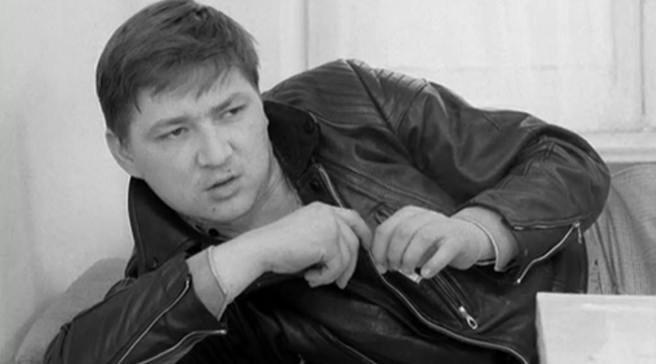CONTAINS SPOILERS, READ IT AFTER YOU HAVE SEEN THE FILM
Memory is something that a film critic has to rely on when the film in question is not instantly at hand. The final scene of 45 Years (Haigh, 2015) is of a couple dancing at their 45th wedding anniversary, the woman breaks away from her husband after the dance, the camera looks at her in mid-shot, she looks devastated, cut to black. We hear the words “We’ve already said… Goodbye” It is the song ‘Go Now’ by The Moody Blues. This moment is everything that the film has built to up, it has an extraordinary emotional release. The woman is Kate (Charlotte Rampling), the film centres on her as she hears the news that her husband’s former girlfriend’s body has been found in the Swiss Alps, she fell to her death fifty years ago. The husband Geoff (Tom Courtenay) seemed to me to possibly have Alzheimer’s when we first meet him in this scene. He reveals himself to have possible mental problems in his old age, he in his is late seventies, about ten years older than Kate.
Geoff refers to his former love as ‘my Katya’ which clearly distresses Kate. Geoff is never seen alone, he is always with Kate. Often the framing shows us the distance between them. In one scene Kate walks into the living room, she is at the right of the frame with Geoff hidden by a side wall as she talks to him. In a bedroom scene we see Geoff in mid-shot whilst part of Kate’s lower body is at the bottom of the frame. If we think of film as being influenced by painting each of these shots represent these moments of separation.
We meet old friends of Kate and Geoff, Lena (Geraldine James) and George (David Sibley) and their daughter Charlotte (Dolly Wells), the film wisely does not focus on them for a subplot, this is Kate’s story, she is in every scene. We learn that Kate and Geoff had no children, only dogs. Geoff explains that he was there when Katya died, he was a bit ahead of her on a mountain. After further distress Kate goes up to the attic to find sideshow photos of Katya, (we hear the sideshow during the black screen of the opening credits). It is revealed through the photos that Kayta was carrying a baby at the time of her death. This is literally the only dramatic element to Haigh’s film. Geoff and Kate don’t discuss this, although Kate tells him that there are things that she knows that she cannot talk about.
45 Years has only one use of non-diegetic sound, the sound of icy water in the Swiss Alps that Kate has rattled in her brain. The music is all heard on the house, car and function room CD players. Haigh really embraces no film score just like Michael Haneke, less is more. From the sadness of the past to awkward silences at home and Kate wandering around Norwich town centre wondering what she means to Geoff. As she says to him ‘I think I was good enough for you, I just don’t think you do’. The film is set from Monday-Saturday, each day starts with the beautiful Norfolk landscape, repetitive in the best possible way like everyday life. The selection of the song ‘Go Now’ for the end credits is a fascinating one. Kate receives a phone call just after she was in the attic with the sideshow, she is asked to name the songs that she wants for the anniversary party. She names about five songs, hesitates and then chooses ‘Go Now’, this is possibly a spontaneous choice given her mental state in this scene. It describes how she feels and how I felt when that final shot hit me. Kate’s thoughts are ambiguous in this final moment however.


